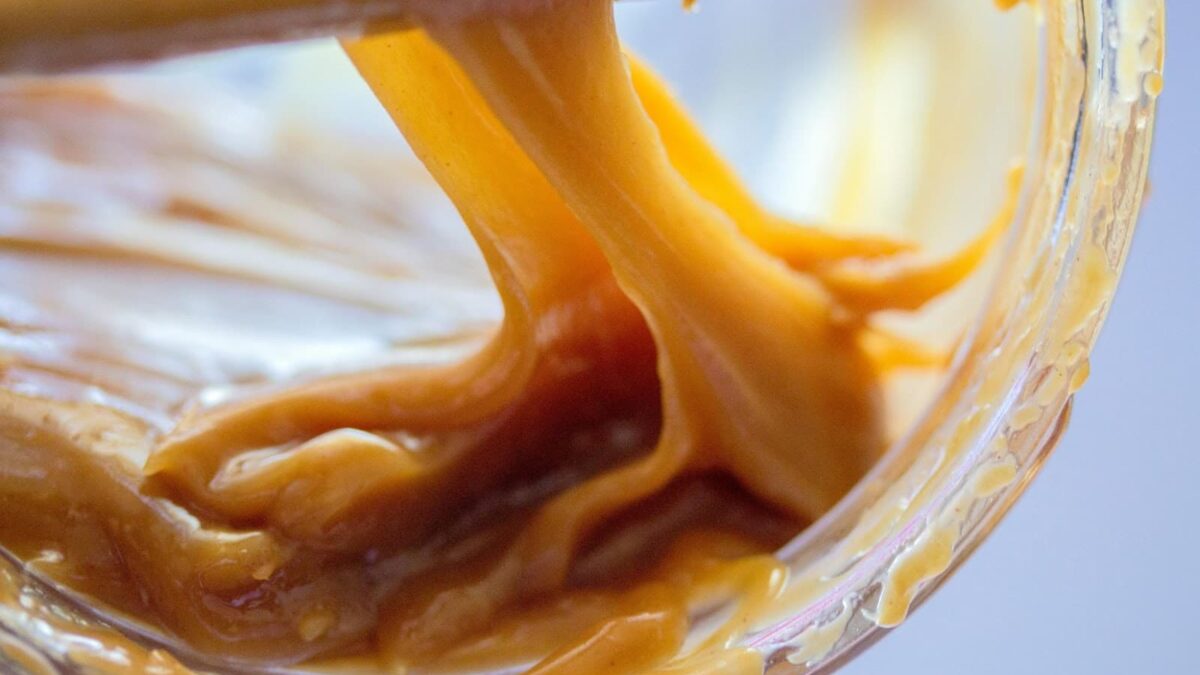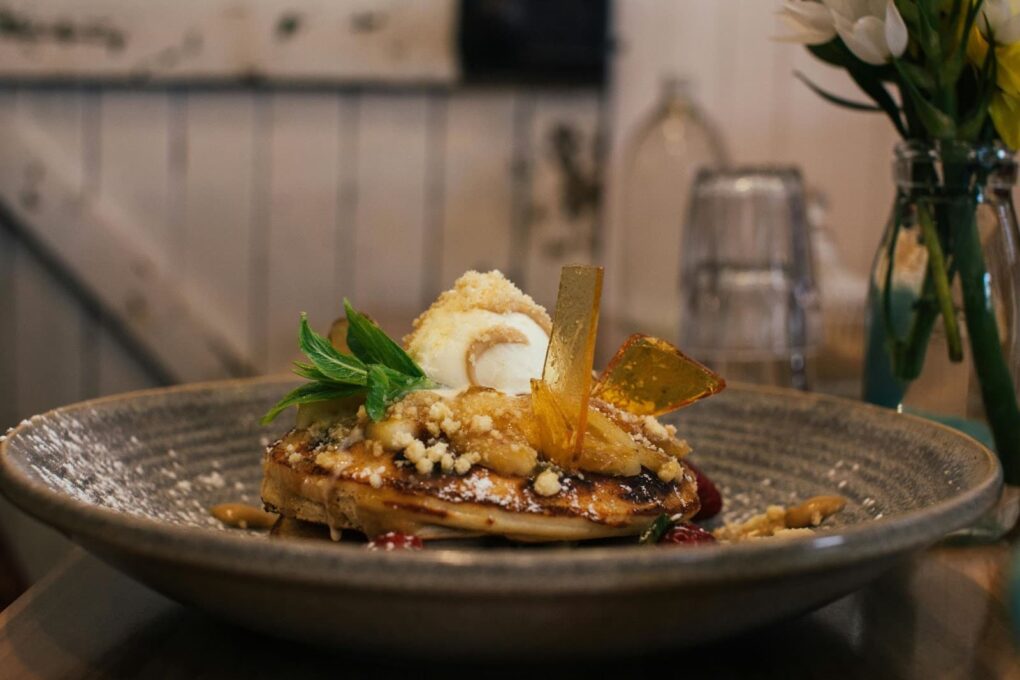
The Art of Caramel: How to Get the Right Consistency
Caramel is one of those magical ingredients that can transform an ordinary dessert into something truly extraordinary. But as any home cook knows, making caramel is both an art and a science. Get it right, and you’ll have a smooth, golden syrup or a rich, chewy texture that melts in your mouth. Get it wrong, and you might end up with a grainy mess or a burnt disaster.
So, what’s the secret to achieving the perfect caramel consistency? It all comes down to precision, patience, and a good understanding of how sugar behaves under heat. Whether you’re making a silky caramel sauce for a sundae or a firm caramel for candy, mastering the technique will elevate your baking skills. Let’s explore the different types of caramel, common mistakes, and the best tips to ensure you get the perfect consistency every time.
Understanding the Different Caramel Consistencies
Caramel is incredibly versatile, and its consistency depends on how long you cook it and what ingredients you add. Knowing the different stages of caramel can help you get the exact texture you need.
Types of Caramel and Their Uses
| Type of Caramel | Texture | Best Uses |
|---|---|---|
| Caramel Sauce | Smooth, pourable | Drizzling over ice cream, pancakes |
| Soft Caramel | Chewy but pliable | Candy, caramel-filled chocolates |
| Firm Caramel | Holds its shape but not brittle | Caramel apples, layered desserts |
| Hard Caramel | Brittle, crackable | Brittle candy, caramel decorations |
Each consistency requires precise temperature control. The longer sugar cooks, the thicker and harder the caramel will become. The key is to stop cooking at the right moment.
Key Factors in Achieving the Perfect Caramel Consistency
Caramel making can be tricky, but once you understand the key factors, you’ll have more control over the process.
- Sugar and Heat Control – Caramelization happens between 320°F and 350°F (160°C–177°C). Lower temperatures result in a milder caramel, while higher temperatures give a deep, bitter-sweet flavor.
- Moisture Levels – Adding cream, butter, or water affects how runny or thick the caramel will be. More liquid means a smoother, softer caramel.
- Stirring (or Not Stirring!) – Stirring too much while sugar is melting can cause crystallization, leading to a grainy texture.
- Temperature Accuracy – Using a candy thermometer ensures you reach the right stage without overcooking.
- Cooling Time – The caramel will continue to thicken as it cools, so don’t judge its final consistency while it’s still hot.
Common Mistakes to Avoid
Even experienced bakers struggle with caramel sometimes. Here are some pitfalls to watch out for:

- Grainy Caramel – This happens when sugar crystallizes. To avoid this, use a clean pan, avoid stirring too much, and brush the sides of the pan with a wet pastry brush to dissolve sugar crystals.
- Burnt Caramel – Sugar goes from golden brown to burnt in seconds. Always keep an eye on the pan and remove it from heat as soon as it reaches the desired color.
- Separated Caramel Sauce – If the butter or cream is too cold when added to hot sugar, the caramel may split. Always use room-temperature ingredients.
- Too Runny or Too Hard – If your caramel is too thin, it may not have reached the right temperature. If it’s too firm, it may have cooked too long. A thermometer helps prevent this.
Expert Tips for Perfect Caramel Every Time
- Use a Heavy-Bottomed Pan – Thin pans cause uneven heating, leading to hot spots that burn sugar.
- Be Patient – Don’t rush the process by turning up the heat too high; slow, steady caramelization produces the best flavor.
- Add Salt for Balance – A pinch of sea salt enhances the depth of caramel’s sweetness and gives it a gourmet touch.
- Experiment with Ingredients – Try adding vanilla, espresso, or bourbon for a unique twist on classic caramel.
The Joy of Mastering Caramel
Making caramel is like learning a dance—it takes practice, precision, and a little intuition. But once you understand the techniques, the possibilities are endless. From drizzling warm caramel sauce over a brownie to crafting homemade caramel candies, the ability to control sugar’s transformation is a valuable skill for any home baker.
So the next time you stand over a bubbling pot of sugar, don’t let the fear of burning or crystallization stop you. Trust the process, use the right tools, and enjoy the magic of turning simple sugar into something rich, golden, and irresistibly delicious.
FAQ
Why does caramel sometimes turn grainy, and how can you fix it?
Grainy caramel happens when sugar crystallizes; to fix it, gently reheat the mixture with a bit of water and let the sugar dissolve without stirring too much.
What’s the biggest mistake people make when adding cream to caramel?
Pouring cold cream into hot caramel can cause it to seize—always use room-temperature or slightly warmed cream to prevent separation.
How can you make caramel with deeper, complex flavors?
Let the sugar cook to a slightly darker amber color before adding butter or cream, or try incorporating ingredients like sea salt, bourbon, or espresso for added depth.